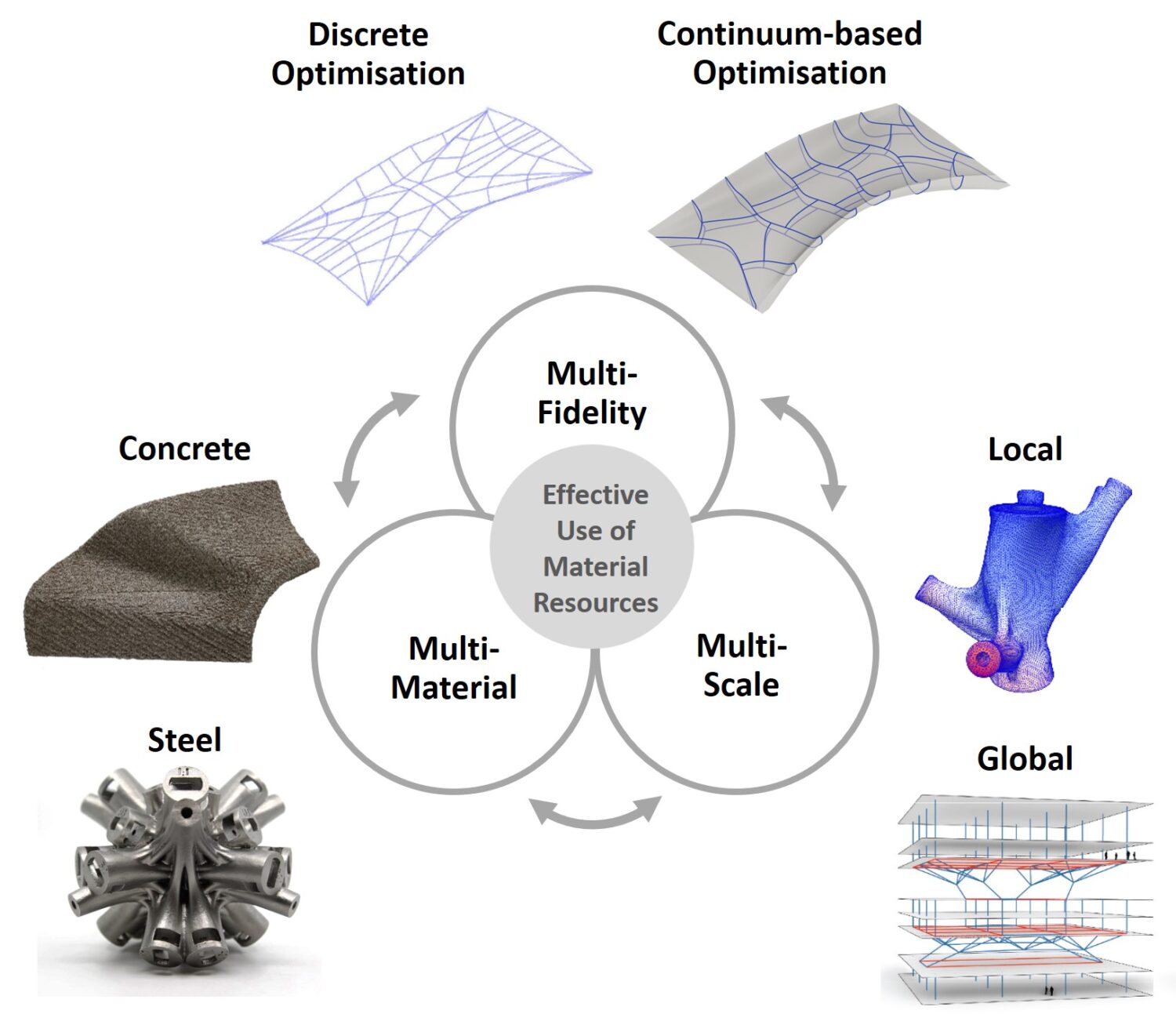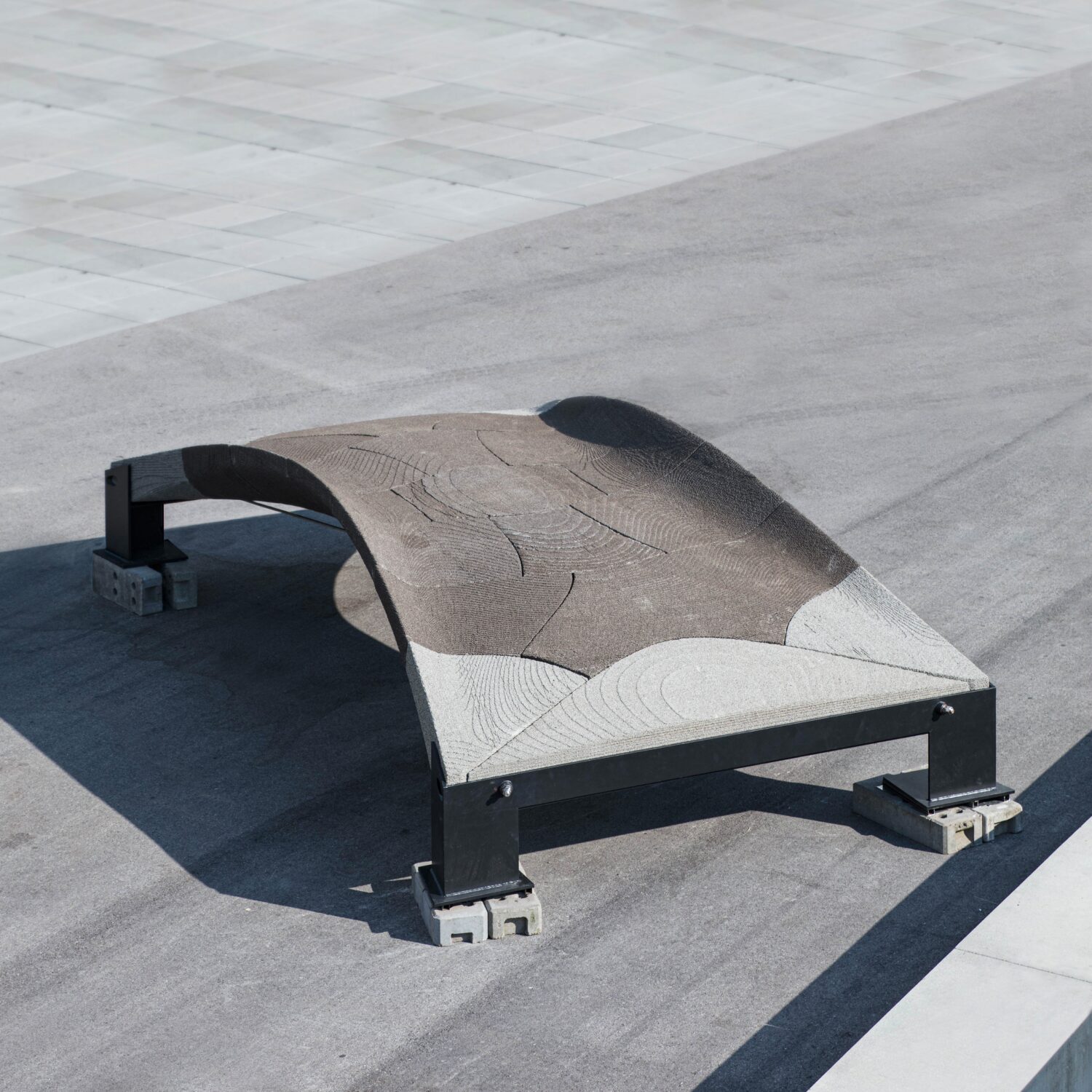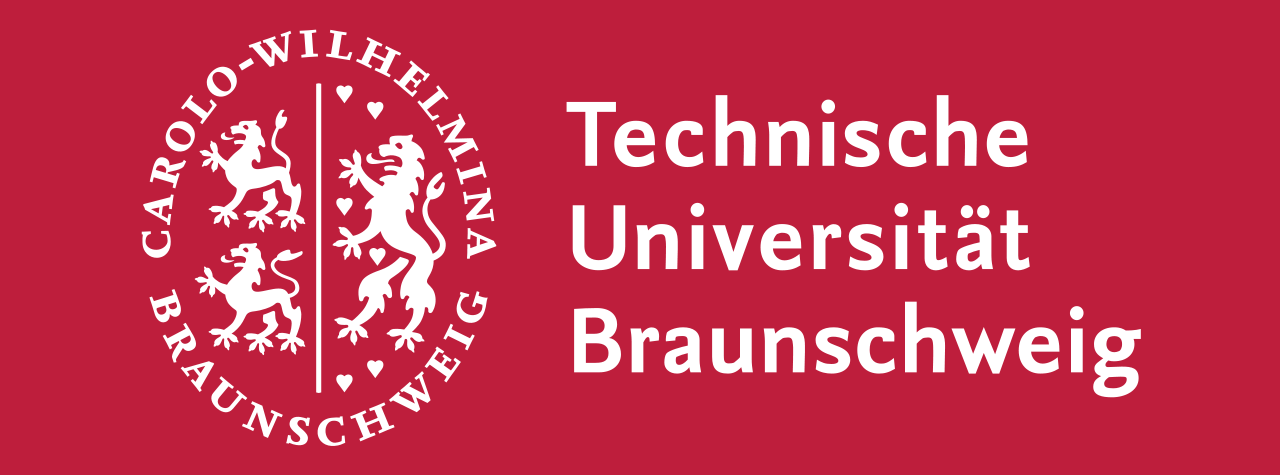Research Summary Report of C02
3D Structural Puzzle – Numerical Multi Scale Shape and Topology Optimisation Methods to Additively Manufacture Optimal Structures from Optimised Pieces
[01.03.2024]
Richter, Christiane, M.Sc.; Doctoral Researcher, christiane.richter@tum.de, TUM, Professorship of Structural Design (SD)
Prof. Dr. D’Acunto, Pierluigi; Project Leader,
pierluigi.dacunto@tum.de, TUM, Professorship of Structural Design (SD)
Main Goal
Current building practices often adopt a sequential design approach, where architectural, structural, and fabrication aspects are addressed independently, resulting in excessive material consumption. The CO2 project aims to establish a Holistic Design Framework (HDF) integrating the above-mentioned aspects. Within this framework, additive manufacturing facilitates structural optimization by enabling the production of bespoke geometries for an effective use of material resources. Departing from the conventional sequential approach, the HDF concurrently integrates low-fidelity Discrete Optimization Approaches and high-fidelity Continuum-based Optimization Approaches (multi-fidelity). The HDF tackles a range of additive manufacturing processes by operating across different scales (multi-scale) and accommodating diverse materials (multi-material).
Summary
The CO2 project “3D Structural Puzzle”, initially focusing on small-scale structural optimization for additive manufacturing, will now evolve into a Holistic Design Framework (HDF) for Additive Manufacturing in Construction. This hybrid framework enhances material efficiency in additive manufacturing by iterating through a structured workflow employing a multi-fidelity, multi-scale, and multi-material approach (Fig. 1). During the first funding period, the project formulated methods to optimize individual parts by applying the Continuum-based Optimization Approach (COA) for assembly into optimal global structures. In the second funding period, the focus shifts toward the extension of the Discrete Optimization Approach (DOA) and its integration into one workflow with the COA, allowing bidirectional exchange between methods.
Current state of research
As a proof of concept, the previously outlined idea of the Holistic Design Framework was put into practice for the design and construction of a small compression-only pedestrian bridge (“Bridge the Gap” Demonstrator) in close collaboration with A02, which was printed using Selective Paste Intrusion (Fig. 2.)
The global geometry of the bridge was generated by applying the Combinatorial Equilibrium Modelling (CEM) Tool, optimizing the discrete strut-and-tie network representing the primary force pathways in the structure. The discrete geometry was then transformed into a continuously meshed shell for further use in the high-fidelity models utilizing the surface and thickness optimization tools developed throughout the first funding period and incorporating the material parameters of the SPI-printed specimens. The results of this thickness optimization for different load cases were used as input for the segmentation process based on an evaluation of the principal stress lines of the bridge shell. The segmentation pattern was chosen such that in between the individual segments, predominantly negative normal forces occur, ensuring that the interlocking joint design is mainly compressed, a prerequisite for the structural integrity of the overall structure.








